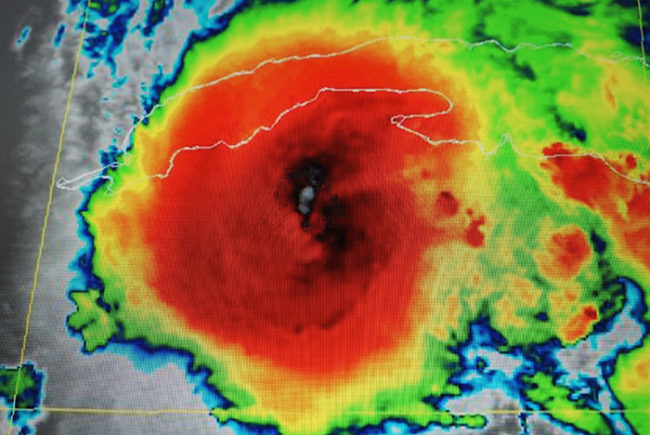
OUMC’s exterior is being designed to withstand natural disasters such as tornadoes and earthquakes, as well as extreme heat and winter storms.
Two Southwestern hospitals are piloting a new standard that its developers hope will produce lasting change in building design.
The Christus Spohn Hospital, Corpus Christi, Texas, and the University of Oklahoma Medical Center (OUMC) in Oklahoma City, are being designed by Perkins+Will. Both projects have made resilient design a must-have and chose a standard called RELi to guide the way.
RELi is a consensus standard that was published in 2014 by the Institute for Market Transformation to Sustainability and its Capital Markets Partnership coalition. It provides an integrative process to create resilient facilities and communities. Last fall, it was adopted by Green Business Certification Inc. (GBCI) and its partner the U.S. Green Building Council (USGBC). The standard’s original creators and USGBC are refining the standard and scaling it to become an international rating system, much like USGBC’s LEED rating system.
Susan Dorn, USGBC general counsel, says the organization’s adoption of RELi is in keeping with work it had already begun with pilot credits that were part of its LEED certification process.
“We got some uptake for those credits, but we knew that resiliency needed to be addressed more broadly,” Dorn says. “RELi offers a wholesale approach to resiliency.”
Douglas Pierce, AIA, LEED Fellow, senior project architect and senior associate at Perkins+Will, chairman of USGBC’s RELi steering committee, says the standard is the next step in sustainable design. In fact, projects going for RELi certification are encouraged to be LEED certified or seeking LEED certification.
“In the past, sustainability and green design were really about approaching things like climate change through mitigation to reduce the impacts,” Pierce says. “Now we are seeing that the impact is here and is having big effects in the world. RELi is the next generation in addressing those issues.”
The standard accomplishes this in a number of ways. First, on the physical environment side, it includes a section called the Panoramic Approach, which touches on holistic systems, while the Hazard Adaptation section addresses topics such as site location, backup power, thermal safety during emergencies and designing to withstand extreme weather.
“The health care world is really the first sector to embrace resiliency,” Pierce says. “Health care facilities have vulnerable populations they are housing in their facilities, and if you’re hit by an extreme event, you need to be up and running during and after that event.”
Both of the hospital pilot projects demonstrate these concepts well. Christus Spohn, for instance, engaged a wind-engineering consultant to perform wind-tunnel studies to inform decisions regarding structural wind-design requirements, pedestrian comfort in high-wind conditions, cladding pressure and air infiltration. The new OUMC hospital is being designed to withstand acute shocks — severe events that plague the city — such as tornadoes, earthquakes, extreme heat and severe winter storms with a hardened structure, impact-resistant glazing and radiant heat for the building entrances to prevent ice buildup.
RELi, as it stands today, includes more than 190 credits, and many go beyond the physical elements that resilient design evokes in most minds. Pierce explains that just as no man is an island unto himself, no building is either. “Resilience works in nested scales,” Pierce says. “You can have a building that does well on its own, but if the roadways are flooded, it can’t serve its community.”
Other sections include Hazard Preparedness; Productivity Health & Diversity; Energy, Water & Food; Materials & Artifacts; and Community Vitality.
A RELi Steering Committee will be reviewing a refined version of the standard in early March. USGBC plans to publish that version by Earth Day, and GBCI hopes to offer projects the opportunity to pilot RELi at that time.





